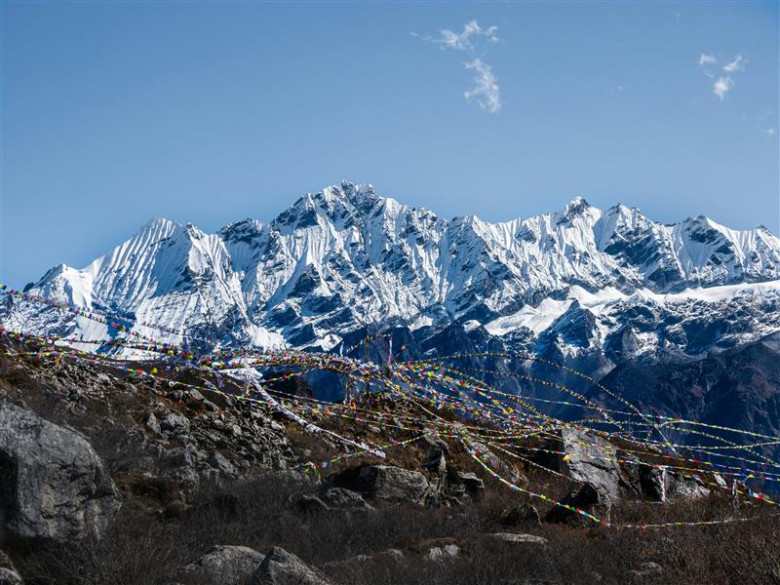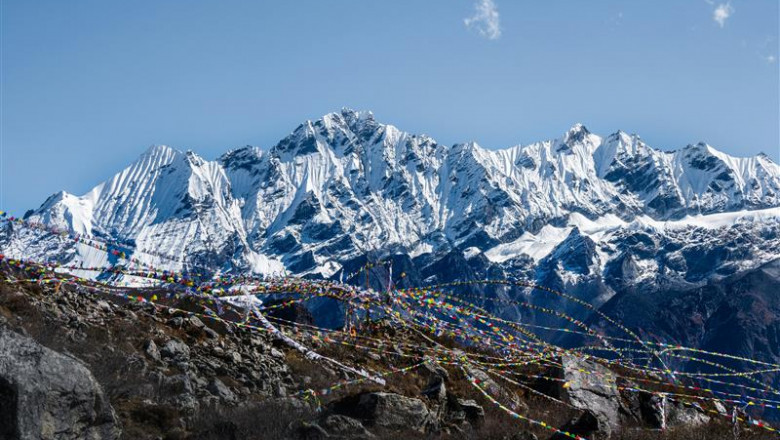views
The Langtang Valley Trek was an experience I will never forget. It felt like walking through a painting, with snow-capped mountains, flowing rivers, and charming villages along the way. But what made this trek even more special was the history and the people who call this valley home.

Langtang Valley has a deep past. It was once an important trade route between Nepal and Tibet, and even today, you can see Tibetan culture everywhere—from the prayer flags fluttering in the wind to the monasteries that have stood for generations. In 2015, a massive earthquake struck this region, causing destruction and loss. But the people here are strong, and they rebuilt their homes and lodges, welcoming trekkers once again with open hearts and warm smiles.
The trek started from Syabrubesi, a small town filled with friendly locals and cozy tea houses. The trail followed the Langtang River, crossing wooden bridges and passing through forests of rhododendrons. Every now and then, I would spot yaks grazing or hear the sound of bells from nearby monasteries.
As I climbed higher, the forests gave way to open landscapes, where I could finally see the towering peaks of the Himalayas. When I reached Kyanjin Gompa, the last settlement on the route, I felt like I had arrived in another world. The air was crisp, the mountains stood tall around me, and there was a peaceful silence that made me appreciate every moment.
Spending time with the locals was one of the best parts of the trek. The Tamang people, who have lived in this valley for generations, were always welcoming. Sitting by the fire in a small teahouse, listening to their stories, made me realize how much history and resilience this valley holds.
The way back down was much easier, but I didn’t want to leave. Langtang Valley is more than just a trekking destination; it’s a place filled with history, culture, and unforgettable landscapes. If you’re looking for an adventure that connects you with nature and people, this is the perfect trek.






















Comments
0 comment